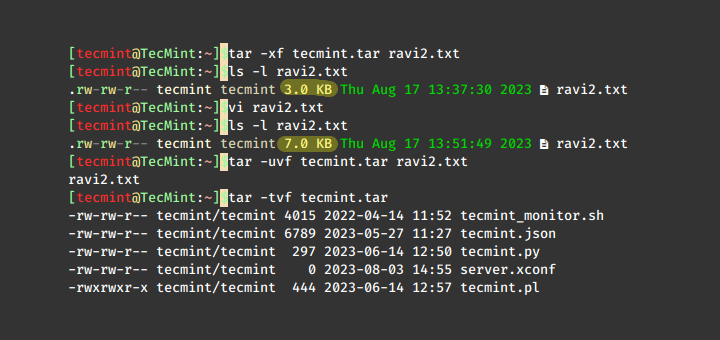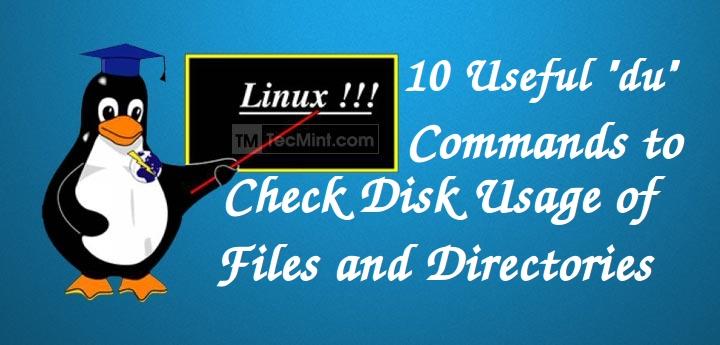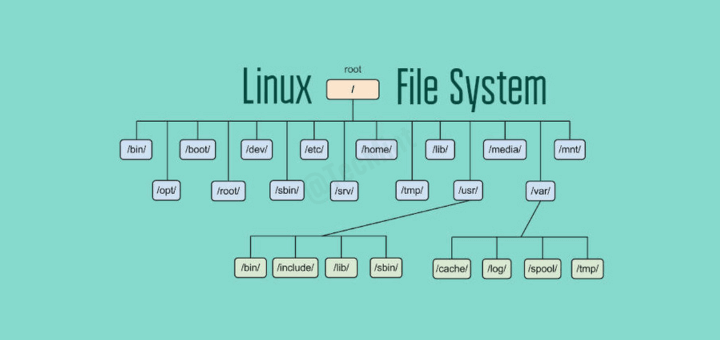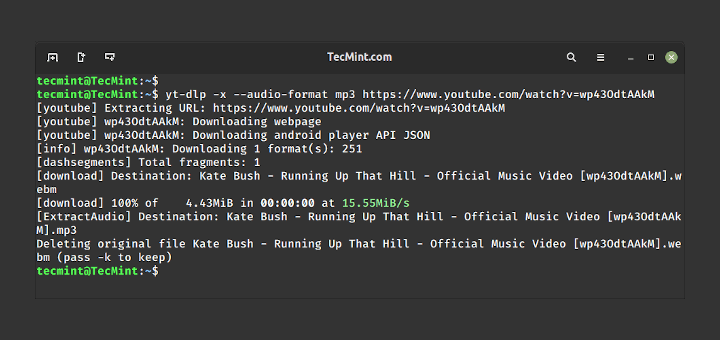For a person new to Linux, finding Linux functional is still not very easy even after the emergence of user friendly Linux distribution like Ubuntu and Mint. The thing remains that there will always be some configuration on user’s part to be done manually.

Just to start with, the first thing a user should know is the basic commands in terminal. Linux GUI runs on Shell. When GUI is not running but Shell is running, Linux is running. If Shell is not running, nothing is running. Commands in Linux is a means of interaction with Shell. For a beginners some of the basic computational task is to:
- View the contents of a directory : A directory may contains visible and invisible files with different file permissions.
- Viewing blocks, HDD partition, External HDD
- Checking the integrity of Downloaded/Transferred Packages
- Converting and copying a file
- Know your machine name, OS and Kernel
- Viewing history
- Being root
- Make Directory
- Make Files
- Changing the file permission
- Own a file
- Install, Update and maintain Packages
- Uncompressing a file
- See current date, time and calendar
- Print contents of a file
- Copy and Move
- See the working directory for easy navigation
- Change the working directory, etc…
And we have described all of the above basic computational task in our First Article.
This was the first article of this series. We tried to provide you with detailed description of these commands with explicit examples which was highly appreciated by our reader in terms of likes, comments and traffic.
What after these initial commands? Obviously we moved to the next part of this article where we provided commands for computational tasks like:
- Finding a file in a given directory
- Searching a file with the given keywords
- Finding online documentation
- See the current running processes
- Kill a running process
- See the location of installed Binaries
- Starting, Ending, Restarting a service
- Making and removing of aliases
- View the disk and space usages
- Removing a file and/or directory
- Print/echo a custom output on standard output
- Changing password of on-self and other’s, if you are root.
- View Printing queue
- Compare two files
- Download a file, the Linux way (wget)
- Mount a block / partition / external HDD
- Compile and Run a code written in ‘C’, ‘C++’ and ‘Java’ Programming Language
This Second Article was again highly appreciated by the readers of Tecmint.com. The article was nicely elaborated with suitable examples and output.
After providing the users with the glimpse of Commands used by a Middle Level User we thought to give our effort in a nice write-up for a list of command used by an user of System Administrator Level.
In our Third and last article of this series, we tried to cover the commands that would be required for the computational task like:
- Configuring Network Interface
- Viewing custom Network Related information
- Getting information about Internet Server with customisable switches and Results
- Digging DNS
- Knowing Your System uptime
- Sending an occasional Information to all other logged-in users
- Send text messages directly to a user
- Combination of commands
- Renaming a file
- Seeing the processes of a CPU
- Creating newly formatted ext4 partition
- Text File editors like vi, emacs and nano
- Copying a large file/folder with progress bar
- Keeping track of free and available memory
- Backup a mysql database
- Make difficult to guess – random password
- Merge two text files
- List of all the opened files
Writing this article and the list of command that needs to go with the article was a little cumbersome. We chose 20 commands with each article and hence gave a lot of thought for which command should be included and which should be excluded from the particular post. I personally selected the commands on the basis of their usability (as I use and get used to) from an user point of view and an Administrator point of view.
This Articles aims to concatenate all the articles of its series and provide you with all the functionality in commands you can perform in our this very series of articles.
There are too long lists of commands available in Linux. But we provided the list of 60 commands which is generally and most commonly used and a user having knowledge of these 60 commands as a whole can work in terminal very much smoothly.
That’s all for now from me. I will soon be coming up with another tutorial, you people will love to go through. Till then Stay Tuned! Keep Visiting Tecmint.com.
Like and Share and Help us to Spread







Team,
Tecmint is the first link that comes to my mind when I want to refer to anything in Linux, so here I am to ask for help for the best recommendation for setting up user home directories which should be accessible from windows and Linux using Active directory accounts.
More information :
OS: RHEL 7.9
System added to the domain using one identity tool.
where are links to articles, please share
@Sudheer,
Links are already added in the article, please have a close look…
Thanks very much for putting all Linux commands one place for easy learning..
Tecmint is always good for the quality of Information and knowledge sharing on Linux.
@Anil,
Thanks for such kinds words about Tecmint, keep visiting for such quality articles on Linux.
Thank you very much.
The way you have planed your articles is very useful, as you added the screenshots for us to see exactly what is the output of each command typed.
thanks for this guide it has helped me alot
“A Guide from Newbies to System Administrator” should be changed to “A Guide for Newbies from System Administrator” or “A Guide from System Administrator to Newbies”
Content is good :) Thanks.
Very useful guide for beginners.
so how to to resize /Home partation because i give the 235G space in /Home and it was bymistake…..i want my /Home use only 50G and rest of space i want free because of there is no uses to give big amount of space in /Home……so please tell me what to do???
@Khushal,
I already given the link with solution, just go through it..
thanks for wonderful combination of basics commands but i have a one question can you just tell me….in my asterisk server / space is 50G only and /home is 235G so how to transfer /home space to /
reply soon I am waiting
@Khushal,
The best option is to resize your / partition, same question asked by one our reader at our LinuxSay Forum at:
http://linuxsay.com/t/how-to-resize-the-partition-in-ext4-filesystem/1489/12
Try to follow those steps to resize your partition..
sir this not answer of my question….im just asking how to tranfer space /Home to / root disk
@Khushal,
You can’t simply move space from one partition to another, the only way is to resize the partition or use mhddfs tool